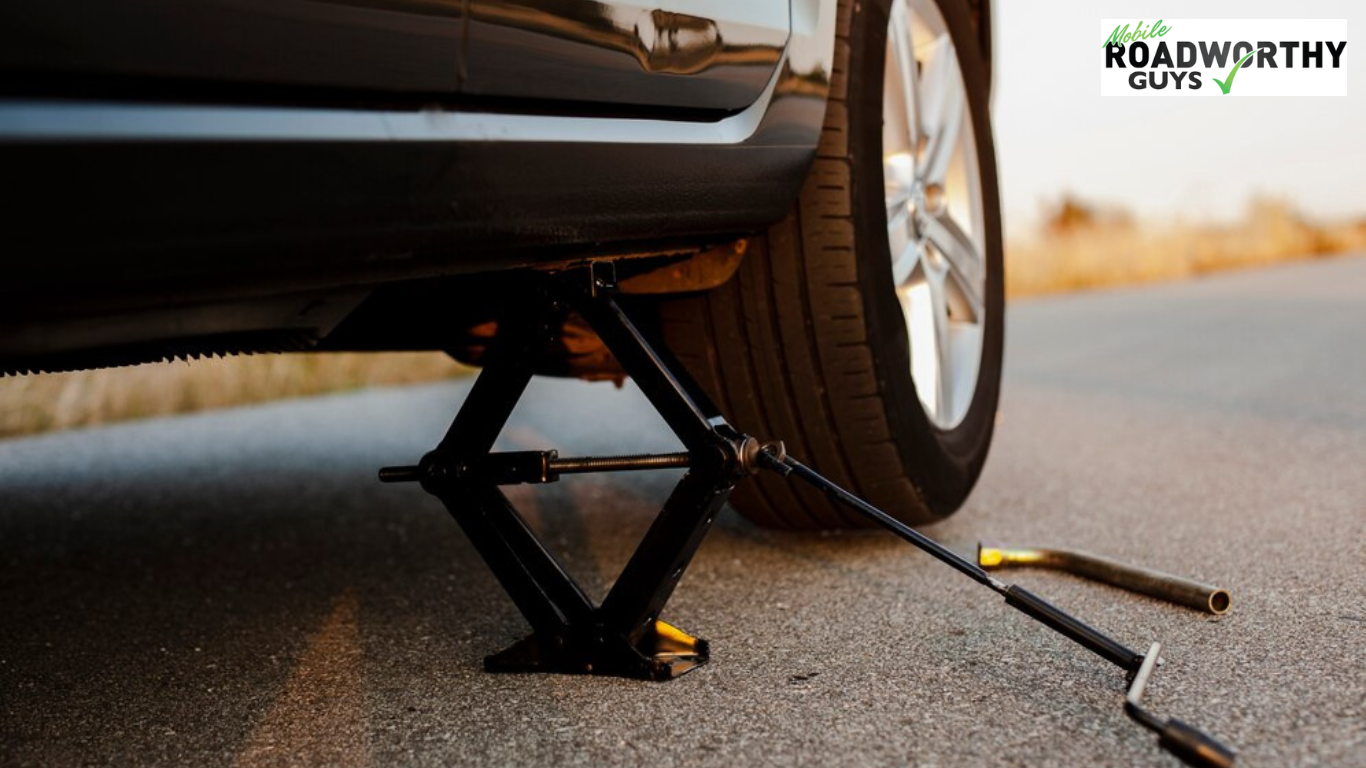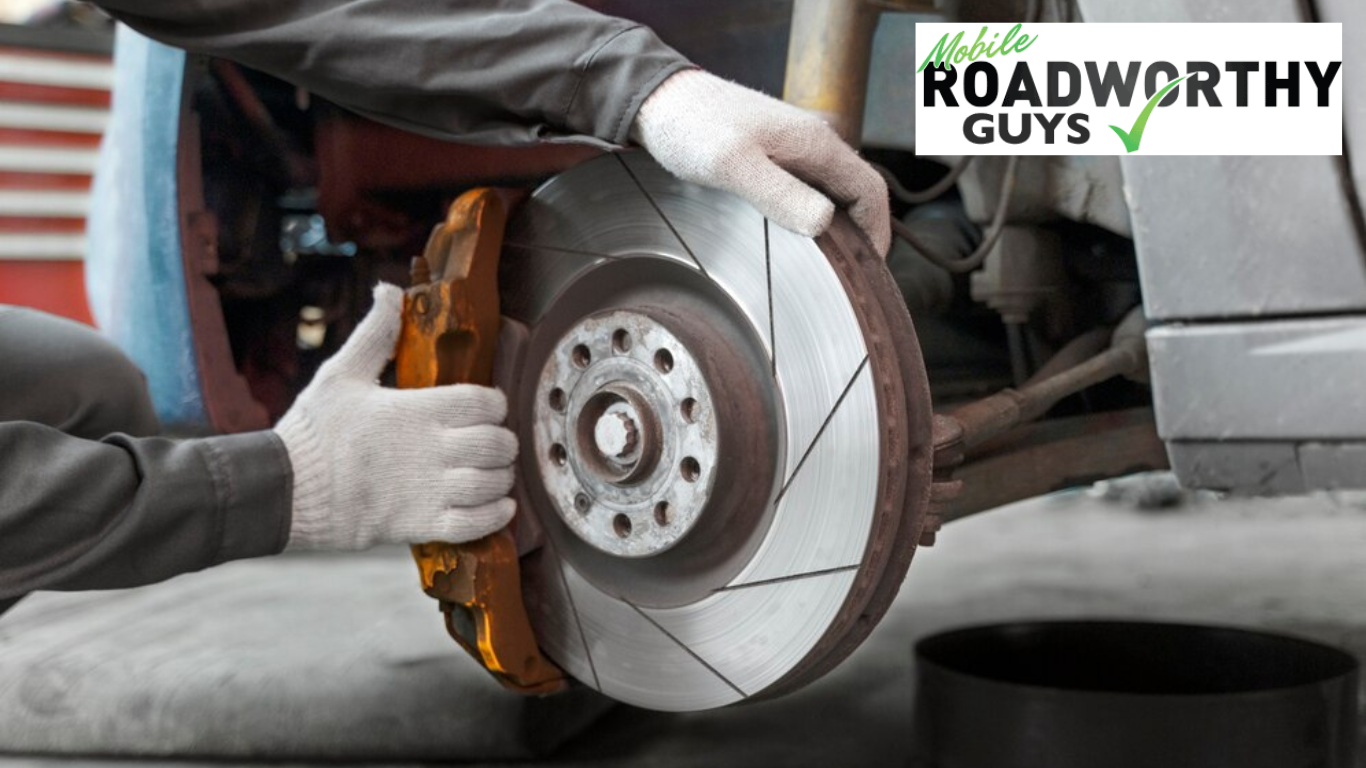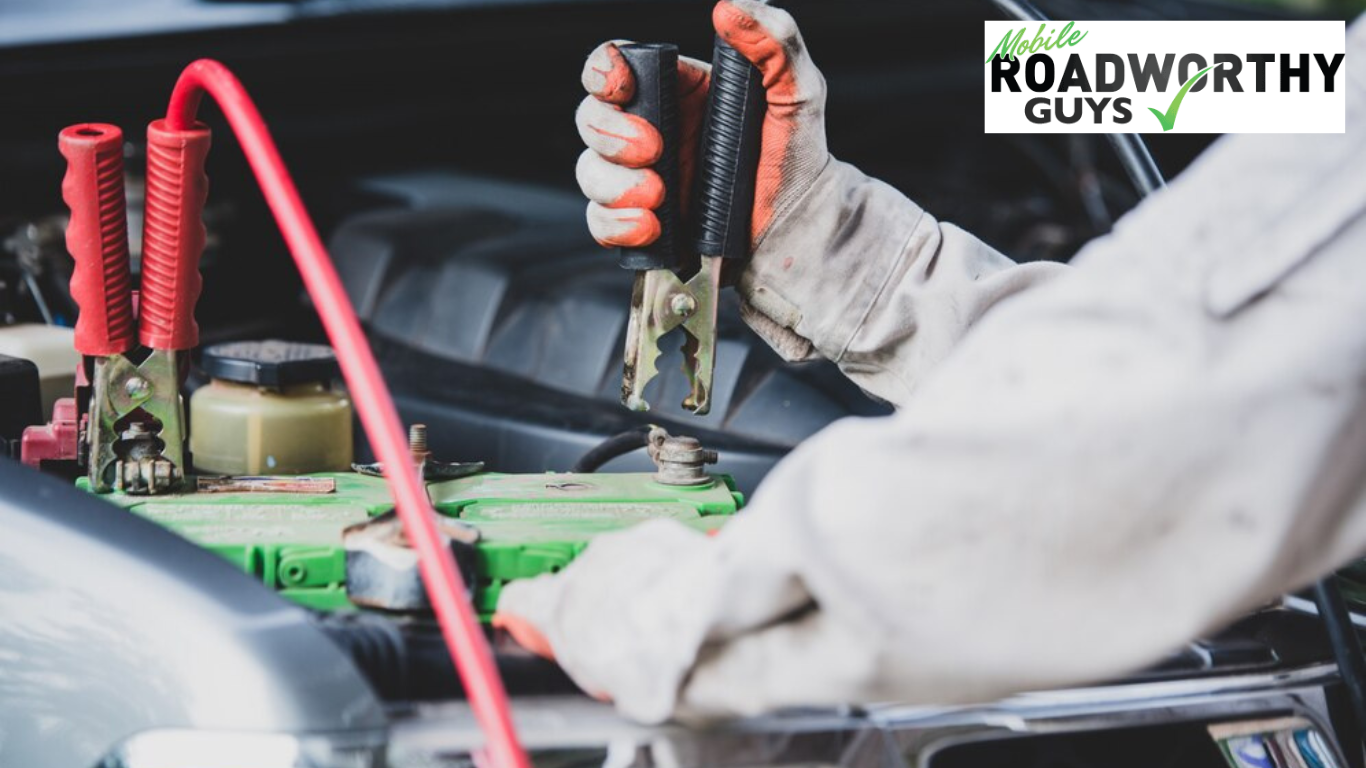The Ultimate Auto Repair Maintenance Checklist: Everything You Need to Know
Introduction to Auto Repair and Maintenance
Regular maintenance is the key to keeping your vehicle in top condition and avoiding costly repairs down the road. Buckle up as we take you through the ultimate auto repair maintenance checklist, covering everything you need to know to keep your wheels turning safely and smoothly. Tyre rotations and oil changes are among our specialities! Whether you’re a car enthusiast or a novice, this comprehensive guide will help you understand the importance of regular maintenance and how to properly care for your vehicle. Stay ahead of the game and ensure your car remains reliable and efficient for years to come with our expert tips and advice.

The Benefits of Continuous Vehicle Maintenance
Regular maintenance is crucial for a vehicle’s smooth operation and longevity. It prevents major issues and extends the vehicle’s lifespan. Simple tasks like oil changes, tyre rotations, and fluid checks preserve performance and prevent costly repairs. Regular maintenance not only saves money in the long run but also ensures safety on the road. Well-maintained vehicles are less likely to break down unexpectedly, reducing the risk of accidents or stranding. Following a manufacturer’s recommended maintenance schedule maintains optimal fuel efficiency and reduces harmful emissions. Prioritising regular maintenance is a smart investment that benefits longevity, performance, and driving peace of mind.
Regularly Scheduled Maintenance Tasks
Regular maintenance is crucial for a vehicle’s smooth operation. Oil changes are essential for maintaining engine lubrication and preventing wear and tear on vital components. Regular tyre rotations ensure even wear and extend the vehicle’s lifespan. Fluid checks and replacements, including brake fluid and coolant, are essential for maintaining vehicle health and preventing costly repairs. Battery inspections are also crucial to check for corrosion, leaks, or weak charges. By staying on top of these routine maintenance tasks, you can prolong your vehicle’s life and save money in the long run.
Oil Changes
To keep the engine in your car in good working order, you must do regular oil changes. They help keep moving parts lubricated, reduce friction, and prevent overheating. Fresh oil also removes dirt and debris, ensuring optimal performance. It’s recommended to follow the manufacturer’s guidelines based on mileage or time intervals. The oil filter should be changed alongside the oil to trap contaminants and prevent them from circulating in the engine. Engine damage and expensive repairs may result from skipping oil changes. If you are unsure about the frequency or prefer professional guidance, consult a trusted auto repair shop. Regular oil changes extend the vehicle’s life and improve its performance.
Tyre Rotations
Tyre rotations are a vital part of vehicle maintenance, ensuring even wear and extending their lifespan. They involve moving each tyre to a different position on the vehicle, promoting balanced tread wear. Uneven tyre wear is unsafe and can decrease fuel efficiency. Regular tyre rotations are recommended by most manufacturers every 5,000 to 7,500 miles or during every oil change. However, it’s important to check your owner’s manual for specific guidelines. Regular rotations also help maintain proper traction and handling, especially in challenging road conditions. Neglecting this maintenance can lead to premature tyre replacements and unnecessary expenses.
Fluid checks and replacements
Regular fluid checks and replacements are essential for maintaining the longevity and performance of your vehicle. Fluids like engine oil, transmission fluid, brake fluid, and coolant are crucial for smooth operation. Following the manufacturer’s recommendations for fluid changes is crucial to preventing potential issues. Over time, fluids can break down, contaminate, and cause decreased efficiency and component damage. Inspecting fluids for leaks or discoloration is crucial. Maintaining proper fluid levels prevents overheating, corrosion, and component wear. Regular fluid checks and replacements extend the vehicle’s life and provide a safer driving experience.
Battery Inspections
Regular battery inspections are crucial for auto repair maintenance, as they are essential for starting the car and powering electrical components. Over time, batteries can wear out or develop issues, leading to potential issues. To ensure good condition, check for visible signs of corrosion on terminals and test the battery’s voltage using a multimeter. Dimming lights or slow cranking during start-up could indicate a failing battery. Being proactive with battery inspections can prevent unexpected breakdowns and maintain reliable vehicle performance.
Common repairs and how to identify them
Common vehicle repairs include faulty brake systems, engine issues, and suspension system problems. Faulty brakes may cause squeaking or grinding noises, while engine issues like overheating or stalling can cause a sudden loss of power. Suspension problems can manifest through rough rides, excessive bouncing over bumps, difficulty steering, or uneven tyre wear. These issues require inspection by a professional mechanic. By staying vigilant and addressing these repairs promptly, you can ensure your vehicle stays in top condition and avoid more significant problems down the road. It’s essential to monitor your temperature gauge and listen for unusual engine sounds.
DIY vs. professional maintenance
Auto repair owners often face the dilemma of choosing between DIY and professional services. DIY maintenance can be cost-effective and empower owners, but improper repairs can lead to further damage. Professional maintenance offers expertise and precision in handling complex issues using specialised tools and knowledge. Although it may be more expensive, it often guarantees reliable results. Before choosing, consider your skill level, available time, and the complexity of the task. DIY may be suitable for routine inspections or minor repairs, but professional assistance is recommended for more intricate issues or if you’re unsure about tackling a problem yourself.
Tips for Saving Money on Auto Maintenance
To save money on auto maintenance, consider learning basic tasks like changing air filters or checking tyre pressure at home. Shop around for the best prices on parts and services by comparing prices from different shops and online retailers. Regular maintenance schedules can prevent costly repairs due to neglect. Regular washing and proper storage of your car are also important preventive measures. These small steps can preserve your vehicle’s condition and potentially save you from expensive repairs down the road. By following these tips, you can save money on your auto maintenance expenses and keep your vehicle in top shape.
Benefits of Using Mobile Roadworthy Guys for Your Auto Repairs
Mobile Roadworthy Guys provides convenient and efficient auto repairs, bringing services directly to customers at home or work. They offer on-site services for oil changes, tyre rotations, and battery inspections, eliminating the need for waiting rooms or rearranging schedules. Mobile services are equipped with the necessary tools and expertise, saving time and hassle by eliminating the need to drop off vehicles at traditional repair shops. Customers can continue with their day while Mobile Roadworthy Guys takes care of their car, ensuring quality service without disrupting their daily routine. This convenient and efficient service is a key factor in choosing Mobile Roadworthy Guys for auto repairs.
Conclusion: Importance of Regular Auto Maintenance for Safety and Savings
Regular auto maintenance is crucial for maintaining a vehicle’s safety and smooth operation. A comprehensive checklist can help ensure your car remains in top condition, saving you time and money in the long run. Regular tasks like oil changes, tyre rotations, fluid checks, battery inspections, and identifying common repairs early on can prevent more significant issues. Consistency is key, whether you handle these tasks yourself or leave them to professionals like Mobile Roadworthy Guys. Investing in regular auto maintenance prioritises safety on the road and safeguards finances by avoiding costly repairs due to neglect. Enjoy peace of mind knowing your vehicle is well-maintained and reliable.




